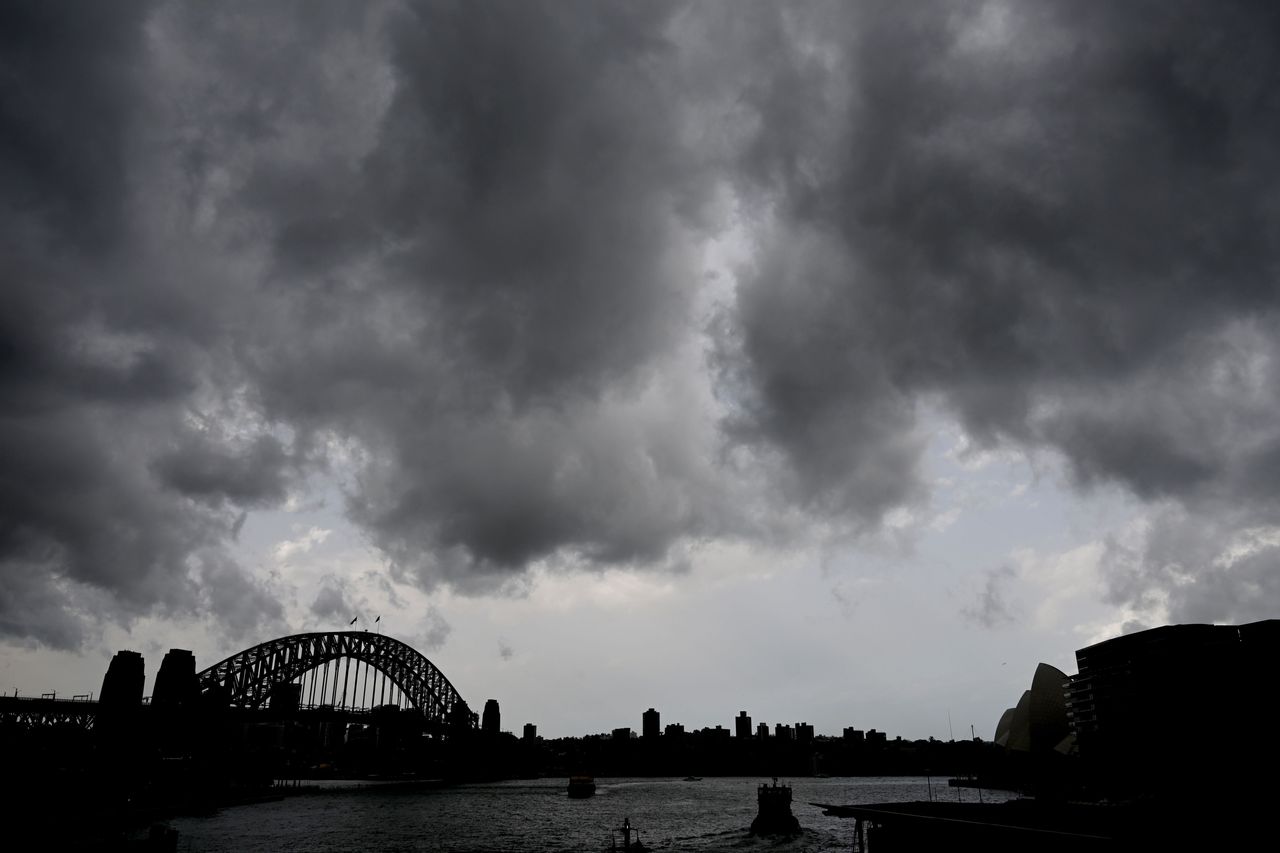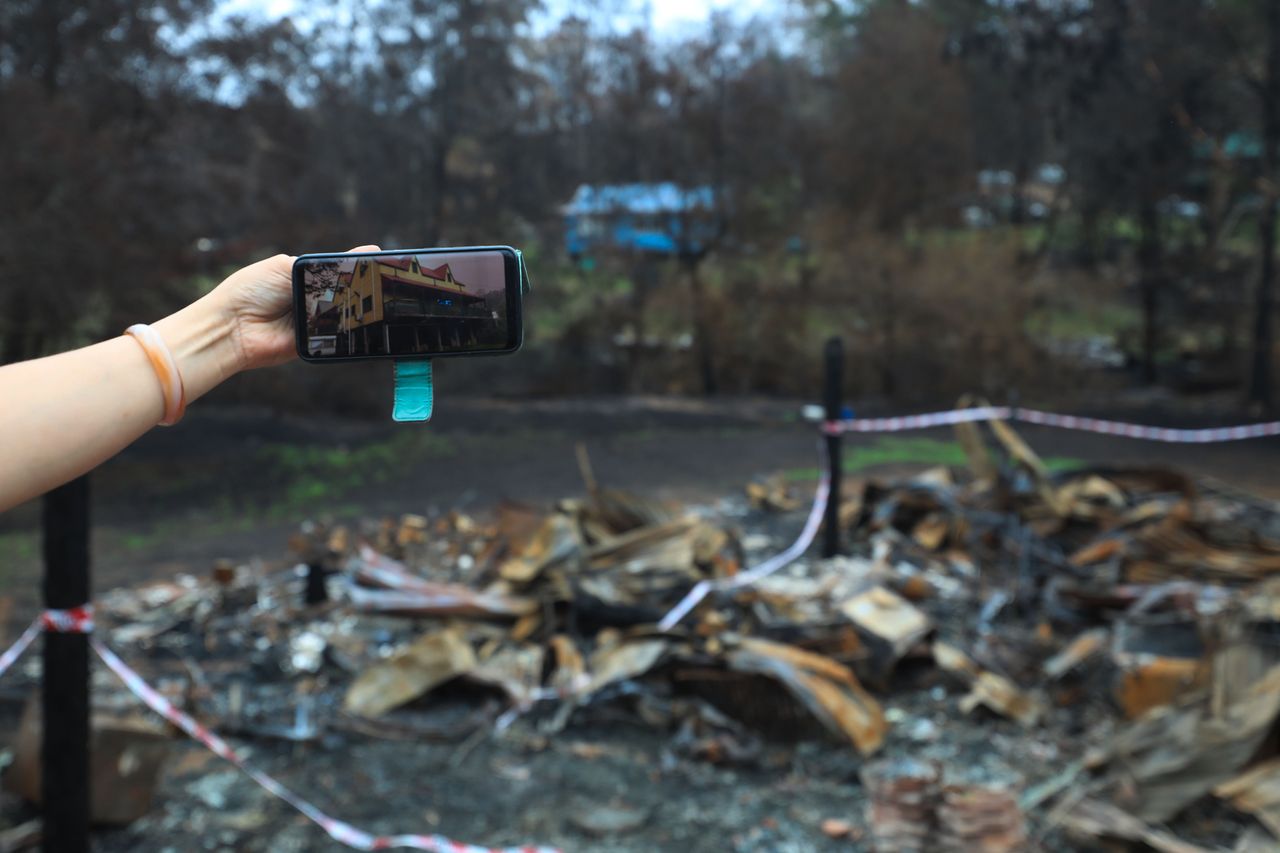Hailstones the size of cricket balls, apocalyptic dust clouds choking whole towns, lightning strikes hospitalising two tourists – all in an Australian summer’s day.
As dozens of bushfires continued to rage across the country, the elements got to work creating chaos largely across the south-eastern and eastern regions of Australia on Monday.
Several of the nation’s largest cities – including Melbourne and Sydney – were hit with the huge hailstones, which wrought destruction on homes, plants, and wildlife.
They were largest in Canberra, the national capital, smashing car windows as residents posted videos on social media of themselves sledding through streets in t-shirts.
Just weeks ago Canberra residents were being warned to stay indoors as bushfire smoke left the air among the most toxic in the world.
Almost at the same time, drought-ravaged parts of rural Australia were hit with enormous dust storms, bringing a new element to the extreme weather that has disrupted the country since hundreds of bushfires broke out in September.
Dramatic video footage shared online reveals apocalyptic scenes of dust clouds rushing towards nearby towns, engulfing those holding the camera and blocking out the sun to near-total darkness.
“I’m just over it,” said Tanya Fulton, manager of the council swimming pool at Tottenham, a town of 300 people about 310 miles west of Sydney, which was closed on Saturday because of dust in the water.
“I couldn’t even see the bottom of the big pool, and the toddlers’ pool was all mud,” she added.
And it didn’t stop there. In the Blue Mountains, a popular visitor spot west of Sydney, two tourists were taken to hospital after being struck by lightning during a violent thunderstorm.
The Sydney Morning Herald reported on Monday that a 16-year-old boy had been on a metal staircase – part of the Giant Stairway Walking Track in Katoomba – when he was directly struck, suffering entry and exit injuries to his arms and feet.
The other victim was a 24-year-old man, who was not struck directly but suffered the aftershock of the strike whilst leaning on the metal railing.

Parts of the country saw massive rainfall over Friday and Saturday, sparking flash floods and closing major highways, but the downpours couldn’t fully extinguish many of the bushfires that have raged across the nation for months.
At least 29 people have been killed since October by the bushfires, and more than 2,000 homes have been destroyed – with families returning to the rubble where their homes once stood to salvage whatever they can.


The storms were forecast to hit Sydney late on Monday, prompting Virgin Australia to cut some flights, the company said in an email. Larger airline Qantas Airways Ltd said it had cancelled three flights.
The storms were also expected to hit hundreds of miles of coastline to the city’s south, the site of mass evacuations weeks earlier as fires destroyed homes and wiped out swathes of forest.
The area had received heavy rain but no hail or dust clouds by Monday afternoon, residents said.
“We’re just trying to get over what we’ve experienced on New Year’s Eve and the weeks before and after,” said Guy Chapman, general manager of Club Catalina, a golf club at Batemans Bay, 280 kms to Sydney’s south.
“We can certainly do with the rain."
